Home Theater Room Ideas
Getting some great home theater room ideas isn’t hard. Search online or visit a showroom and your wheels will start spinning. Designs vary, however, based on the number of speakers used, your budget, the type of technology you plan on using, and the placement of your speakers throughout the room. Home theater room design has changed considerably since the days of Dolby Surround. Then, it was a mono surround signal that could get sound behind the listener–admittedly a huge advancement over stereo. Rooms only needed to add a couple of speakers to the back of the room in order to capitalize on the new surround format which was readily available on VHS (and later, on DVDs). As home theater matured, so did the design ideas behind the rooms. First there was the introduction of stereo surround and the dedicated center channel (Dolby Digital and DTS). That added speakers and a need to fit a center under or over the TV. Next, came the Surround Back channels and 7.1. That meant rooms could now support traditional surround speakers positioned to the sides of the room, and a pair of Surround Back speakers to give you that depth of space. Flat-panel TVs further changed the way we look at coming up with great home theater concepts.
Designing for the Evolution of Surround Sound
How This Specifically Affects Home Theater Room Design:
You’ll want to plan ahead for new and current surround formats and consider whether you’re running 5.1, 5.2, 7.2, or (see below) Dolby Atmos with overhead ceiling speakers.Next: Subwoofers Influence Home Theater Room Ideas
Subwoofers became popular in home theater almost immediately, but in the beginning bass output was the most important factor—leading most consumers to put their subs into the corner. Output was increased, but so was the erratic response of the lowest frequencies in the room due to room modes and nodes. Dual subwoofers became popularized in home theater starting around 10 years ago, particularly once more and more subwoofer designs began hitting the market. Now, home theater room ideas had to take into account two “black boxes” and more research was being done as to the best possible placement for dual subs to get them to yield the best sound. Dual Subwoofers could be placed in the corner (for highest output) or moved into the room slightly to achieve a more even bass response across a greater number of seats. When you consider your ideas for a home theater, realize that two subs are almost always better than one.
Modern Subwoofer Design Guideline:
Use two subwoofers with enough combined output to pressurize your room, and place them partially along the wall into the room for the most consistent frequency response. Measuring is still the best way to place a subwoofer, but this will get you closer (in just about any room) than corner-loading two subs.Getting Speakers Above the Plane
Designing home theaters just got a lot more interesting. While the idea of height channels isn’t new (Yamaha has been doing it for years with their “Presence” channels), the idea of a surround format that officially takes on the height dimension is entirely new. When you design your home theater, your idea and concept has to at least take into account the fact that more and more AV receivers are coming out with support for Dolby Atmos surround. I’ll let you hit the link to read more about that, but Dolby Atmos is now forcing home theater design to look up—at the ceiling. You can put up to four speakers up there to direct sound in a way never before attempted in home theater for the mass market. Fortunately, this doesn’t mean you’re going to have to cut into your ceiling—at least not necessarily. Dolby Atmos-enabled speakers fire up at the ceiling. You may, however, need to think about the materials used in the ceiling. Using absorption on the ceiling is no longer the defacto standard.
Why Home Theater Room Ideas Need to Consider Height Speakers:
Because of the potential for speakers firing up at the ceiling, rooms set up for Dolby Atmos-enabled speakers will need to make sure their ceilings are reflective (drywall or plaster is fine—just no acoustical-deadening panels). Even if you’re not intending to use a Dolby Atmos surround receiver or installing in-ceiling speakers for Atmos, you want to at least leave open the possibility that you could add upfiring speakers to try Atmos out.Room Acoustics
Rooms acoustics are a big deal in designing your home theater. Once you determine the general layout, you can use software (some of it is free, but not all) to determine what room acoustic materials may help you achieve a flatter response across the listening range—and across all seats. The great thing about room acoustics is that it can be built into the theater itself, in the form of panels of the use of acoustically transparent fabric stretched across diffusor or absorptive acoustic panels. Colors, styles, and accent pieces are all up to your whims. We’ve seen home theater designs ranging from chateaus and classical architecture to themed rooms that look like the Bat Cave or the bridge of the Starship Enterprise. How your room looks can be changed up considerably if you take some time to layout your speakers, measure the room dimensions and plan your required acoustical treatments in advance.
There’s a lot more you can do—and a whole bunch more can be said for issues of wiring and choosing the best home theater speakers—but one thing is certain: home theater room ideas need to take into account the fact that today’s rooms, speakers, surround formats, and movies are not the same as those of just 3 years ago. A lot has changed—but then again that just makes this job more fun!

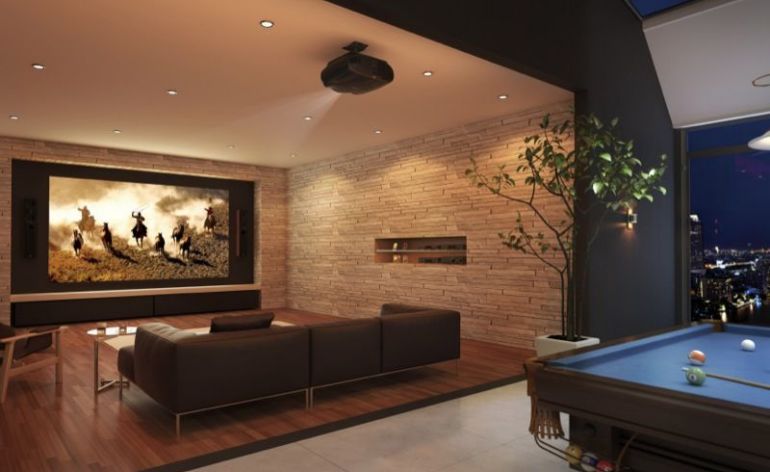
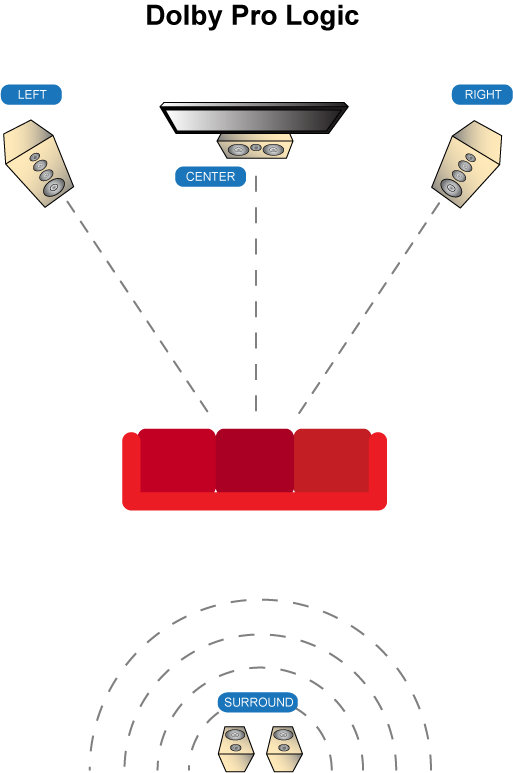
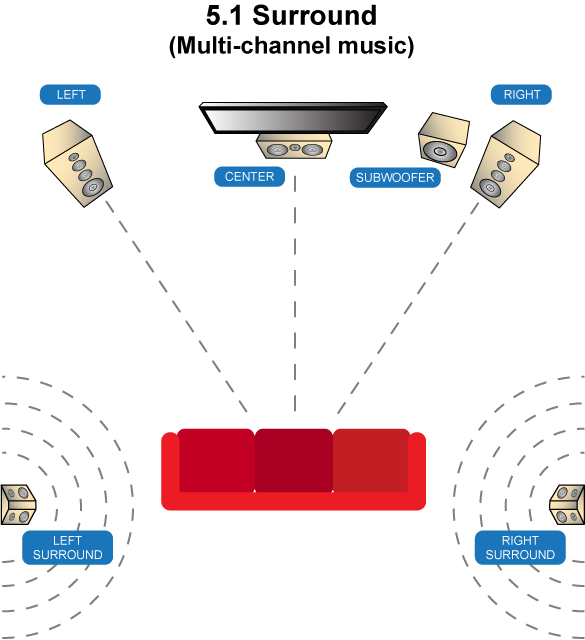
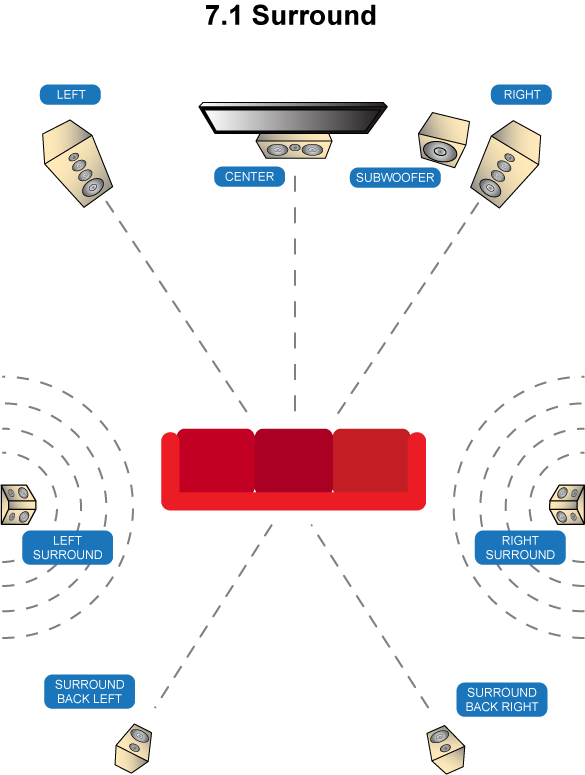

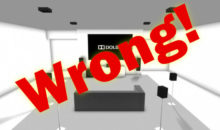

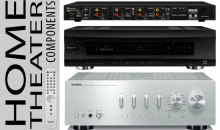


Hi Clint my name is sayak
I have 12inch powered subwoofer of 200watts my new plan for a 5,1 system in my room my room is a medium size room
And I also have lg 5 channel speakers with 3″ driver and .75 dome tweeter with 50watts RMS this channel speakers match with my 12″ subwoofer ? Or bigger speakers will match ?
The size of the drivers isn’t important when matching speakers. Your subwoofer should be chosen based on your room (link). Your front speakers chosen based on your seating distance (link and link) and how they sound (link).